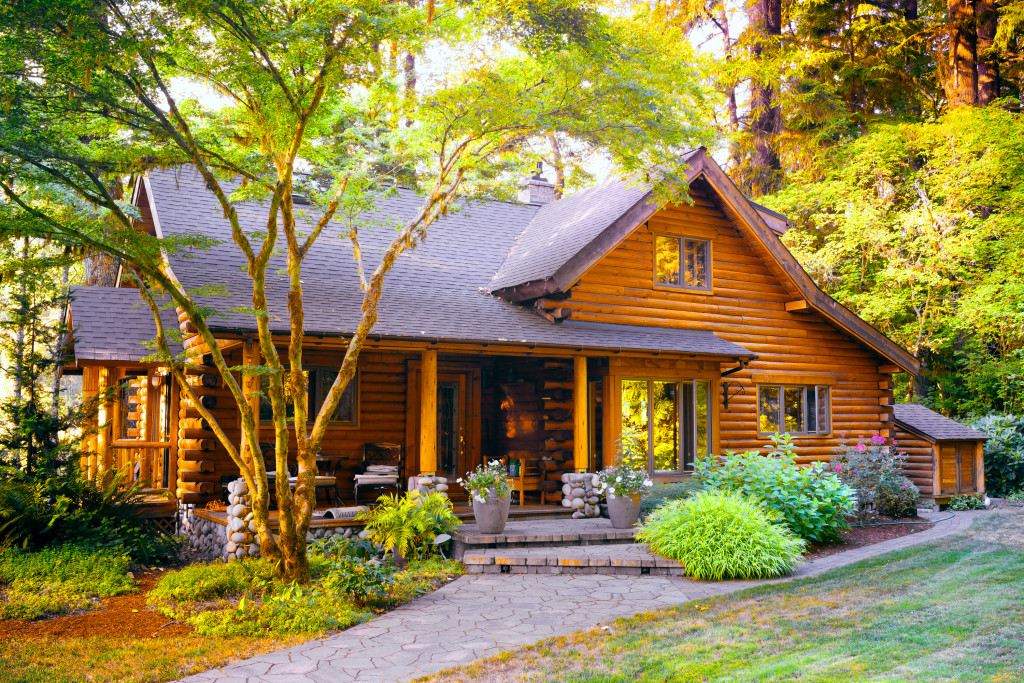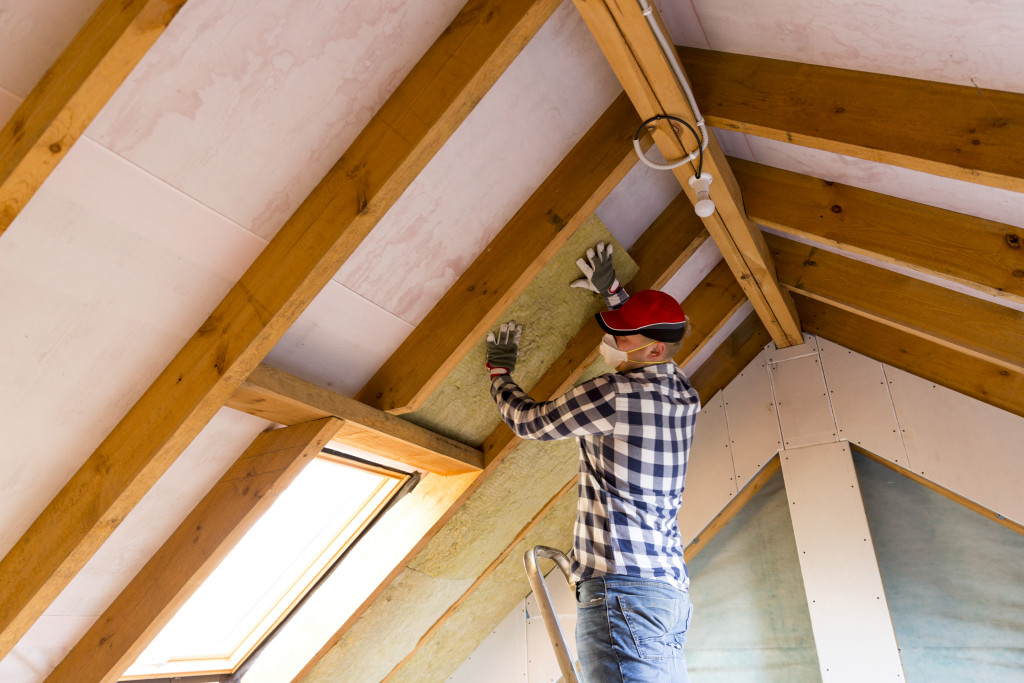Good ventilation is a word that’s always thrown around in the green building industry. It is considered as one of the main tenets of sustainable design, and many architects continue to find innovative ways to improve airflow in any building.
You’ve probably heard of concepts like cross-ventilation and breezeway, as these are popular techniques for keeping a building adequately ventilated. Techniques like these have been proven to increase a building’s energy efficiency and livability.
Nowadays, you’ll often hear good ventilation as a key requirement for health and safety. By maintaining steady airflow throughout the day, you can keep allergens, viruses, and bacteria from taking refuge in your home.
If you feel like your home lacks these qualities, there are things you can do to allow sufficient air circulation in your living spaces:
Keep your ventilation system in tip-top shape
Your HVAC system basically allows your house to “breathe.” Without an efficient, well-maintain system, harmful, airborne contaminants can pervade your home. No matter how hard you clean your house, insufficient airflow can breed invisible dangers such as mold and mildew. You will also expose yourself to viruses that cause flu and colds, as well as asthma and allergy triggers.
This is why you must schedule routine air duct cleaning as your vents can get clogged up. It would help if you also made it a habit to clean your air filters and install air purifiers in commonly used areas. You may also consider installing extractor fans and attic vents to improve your ventilation further.
Keep windows & doors open if the weather permits it
If you live in a low-density neighborhood or have little air pollution or foot traffic, crack some windows open to allow natural air circulation. At night, when the air is cool, keep a few windows slightly ajar overnight to conserve electricity. On weekends, open your windows and doors for a couple of hours to air out your rooms. Do this regularly, and you won’t have to deal with dust buildup and indoor pollutants.
But if it gets too hot, humid, or cold, shut your windows immediately. Make sure to keep hallways, doors, and windows at the opposite ends open so that the air can move efficiently through the vacuum.
Avoid activities that keep moisture in
You might not be aware of this, but certain habits are seemingly harmless but can actually affect your home’s air quality and your health. Drying laundry indoors, for instance, creates condensation, causing your HVAC system to perform harder. If you’re using strong detergents and scented fabric conditions, you could end up inhaling harmful, excess chemicals.
Additionally, when you’re mopping and sanitizing your floors, don’t forget to open your doors and windows to replenish the air inside. Other sources of moisture are kitchens and bathrooms, so whenever you’re taking a steamy shower, make sure to turn on the exhaust or open a window. The same goes for when you’re painting your walls. It’s also important that you regularly check your ceiling, walls, pipes, and basement for leaks and have them sealed before they cause moisture-related issues.
Install breezeways and cross-ventilation

Older homes tend to have poor window design and orientation. If you feel like your HVAC system and windows aren’t enough to keep pollutants out and keep your indoor air quality stable, then a renovation might be your best solution. If you live in a breezy area, you’ll thank your cross-ventilation system during the summer months.
Cross ventilation or the “Wind Effect” ventilation is basically a system that allows cool external air through a window, louver, or gable to push hot interior air outside via higher windows or roof vents. Breezeways, on the other hand, are roofed outdoor passages between two structures that allow natural aeration. Modern home designs, particularly those with open layouts, often accommodate breezeways to ventilate wide spaces cost-effectively.
When it’s windy outside, you would only need to open these windows or louvers to take the breeze in, allowing you to cut your energy costs during hot days. Houses with well-designed systems, paired with other passive cooling or heating techniques, would rarely need air conditioning.
In places with cool nights and regular breezes, there can be plenty of options for natural ventilation. But for high-density areas such as inner-city suburbs, where air pollution and theft are real concerns, homeowners will need to invest in technology and HVAC systems to keep indoor air safe, clean, and comfortable. Fortunately, there are ways to create safer air and eliminate particle buildup without going to the extremes.






